Shigoki obi are one of those items that really aren’t necessary by any means in a kimono wardrobe, but once you’ve gotten a couple you’ll wonder how you ever lived without them. If you’re like me and are built like the offspring of the Jolly Green Giant, and you have a preference for older kimono, they are a godsend. They are a great way to hide a lack of ohashori, or one that is too short to sit properly and lie flat.
These long loose types are traditionally worn by young girls, but lately with the trend in Japan leaning towards the vintage, the funky, and encouraging women to find their own personal style in kimono, they are making a huge comeback. There is also a variation called the kakae-obi that is stiffer and solid, sort of like a wide ribbon, and typically worn by a bride on her wedding day. I really like the looks of these particular accessories, but I’ve never seen one worn simply as a stylistic element so I think for the time being I will avoid doing so.
Typically they are in the standard beni-bana orangey red that was traditional for accessories and undergarments, but more often now they are coming in combinations of fun patterns and colours. BikaBika recently posted some amazing scans from the newest edition of Kimono-hime and one outfit featured a girl wearing an adorable white-and-red candy-stripe shigoki. I would absolutely love one of these for myself.

So far I only have red ones, but they’re all slightly different shades of red and all have different fringes – two have red with gold, one has a slightly peach cast, one is just solid red. The first example is how they should be worn, the second example is using one as a substitute for the momi, the red cloth geisha wear under their obi.


If you’re building up a kimono wardrobe and looking for a way to inject a bit of fun and personality into your casual outfits, I’d really suggest investing in at least one or two shigoki obi!




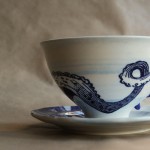
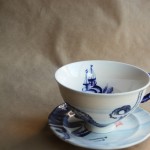
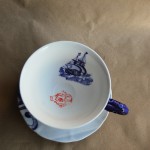












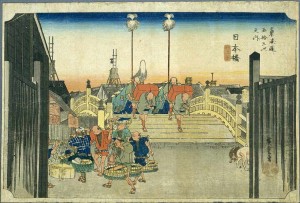

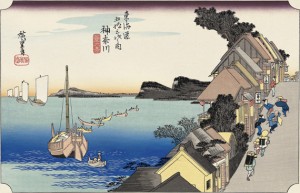












 Bebe Taian
Bebe Taian CHOKO Blog
CHOKO Blog Gion Kobu
Gion Kobu